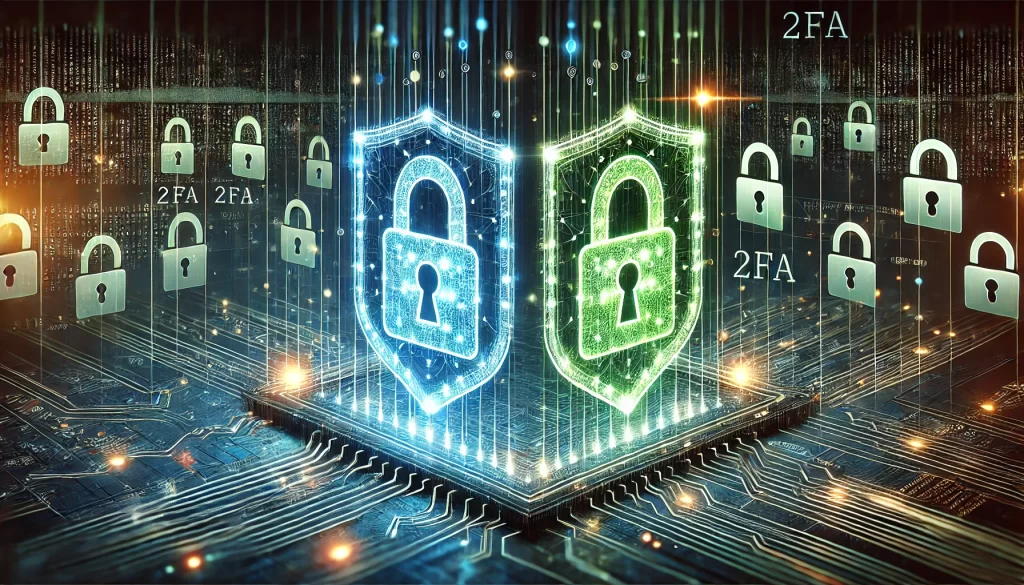In today’s digital era, where data breaches and cyberattacks are becoming more frequent and sophisticated, securing personal and organizational data is paramount.
Two-factor authentication (2FA) has emerged as a crucial tool in the cybersecurity arsenal. It adds an essential layer of security that can significantly reduce the risk of unauthorized access.
This comprehensive guide delves into the importance of 2FA, explaining how it works and why it’s necessary for enhancing security measures in both personal and business contexts.
KEY TAKEAWAYS

Two-factor authentication, commonly called 2FA, is a security process in which users provide two different authentication factors to verify themselves.
This method is part of a broader category known as multi-factor authentication (MFA), designed to protect user logins and data by requiring more than just a username and password.
By incorporating something you know (password) with something you have (a mobile device or security token), 2FA ensures that even if one factor is compromised, unauthorized users can still not access an account or sensitive information.
The simple reality is that passwords alone are no longer sufficient for protecting accounts.
Cybercriminals have become adept at obtaining passwords through various means, including phishing attacks, malware, and brute force attacks. 2FA addresses this vulnerability by adding a security layer, making it much harder for attackers to breach accounts even if they have the password.
This added security is crucial for protecting sensitive personal information and safeguarding business data and systems.
Setting up 2FA is typically straightforward. Most online services that offer 2FA provide clear instructions in their security settings.
Users may receive a secondary code via SMS, use a dedicated authentication app like Google Authenticator, or use a physical security key.
Each method has strengths and considerations, but all provide a significant security upgrade over standard password-only authentication.
It’s advisable to choose the most secure method available, preferably one that does not rely on SMS, which can be intercepted.
While setting up 2FA is essential, maintaining best practices for its use is equally critical.
Users should ensure that all devices used in the authentication process are secure and updated.
Additionally, if using an authentication app or a physical token, keeping these devices safe is essential to avoid losing access to your accounts.
Regularly reviewing and updating your recovery options is also recommended to ensure you can regain access to your accounts if you ever lose your second factor.
While 2FA dramatically enhances security, it can also impact user experience by adding an extra step to the login process.
However, this minor inconvenience is a small price for the increased protection it provides.
Businesses can help users navigate this balance by providing clear instructions and support for setting up and using 2FA and implementing user-friendly 2FA methods that integrate seamlessly into the user’s login routine.
To maximize the benefits of 2FA, widespread adoption is necessary.
Businesses can encourage this by educating their users and employees about the benefits of 2FA and how it protects their information.
Offering incentives for enabling 2FA, such as account perks or enhanced service features, can also increase uptake.
Businesses should consider making 2FA mandatory for access to certain services, particularly those involving sensitive transactions or data.
We provide a range of cyber security professional and managed services. We will work with you to create the solution that manages your needs, your way.
Address: 4412 14th Ave, Markham, ON L6G 1C6
Phone: (647) 360-1551